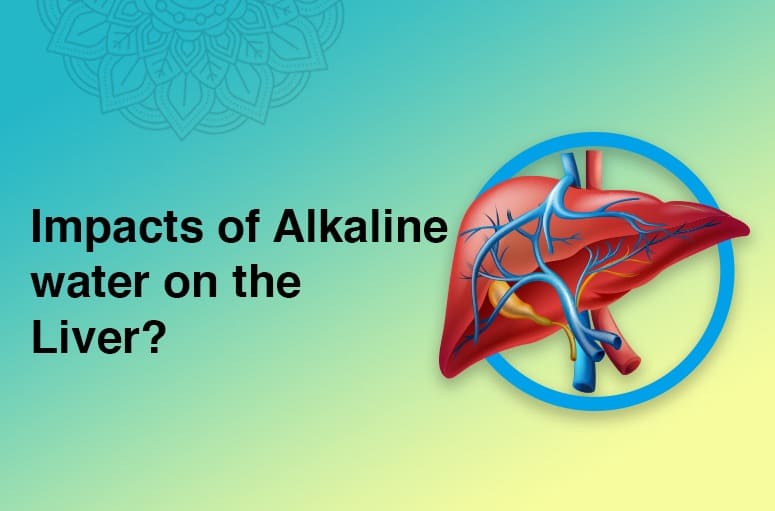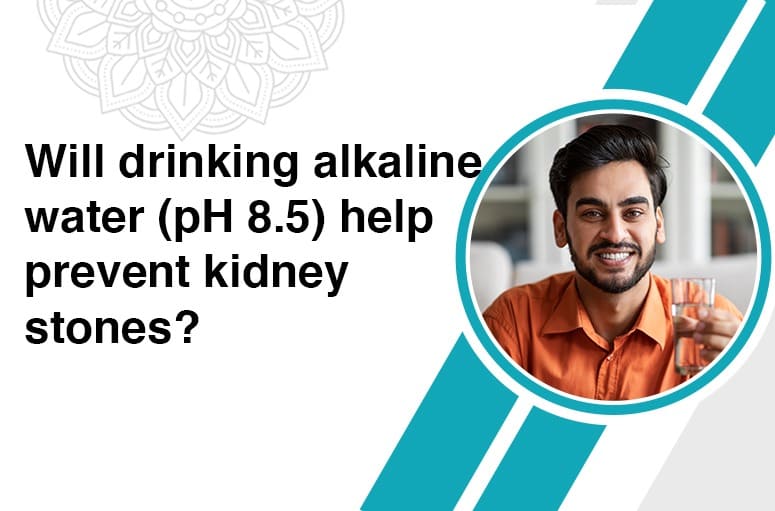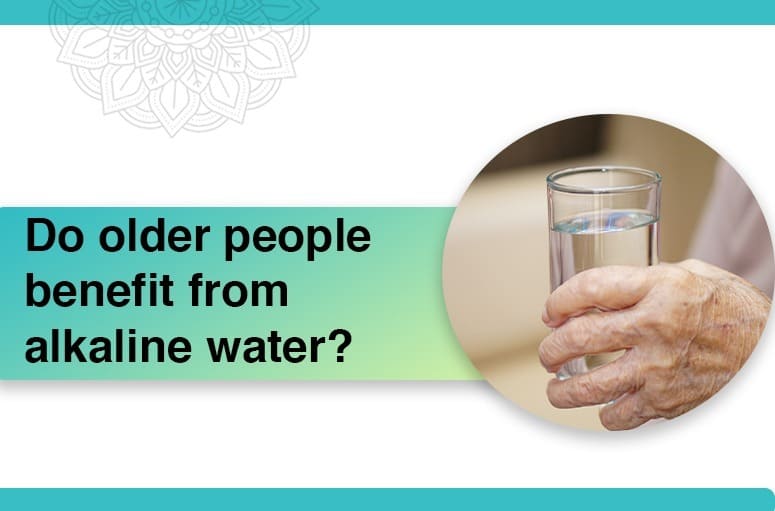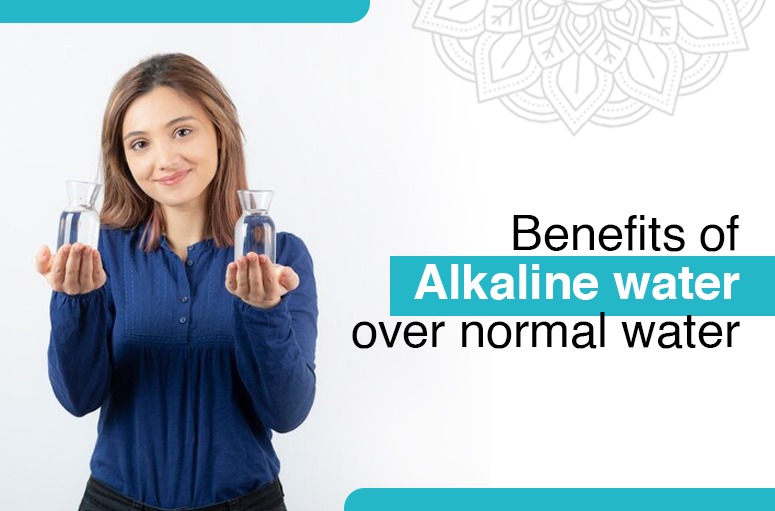How do different kinds of water impact houseplants
2021-08-04
We all know how plants cannot survive without water, but what’s not much talked about is how the type of water affects them as well. With the type we talk about the nutrients it is enriched with, or not, its pH level, the hardness, softness, mineral state and a lot more. Surprisingly, water is not just limited to H2O.
Suffice to say water’s quality impacts your plants tremendously, and it wouldn’t be nice to water your green family, only to realise that it never helped them as much as you thought it would.
If you’ve just begun growing your family, it is best to add the members gradually, after taking due diligence of what works and doesn’t work for them.
Coming to the specifics of water and which one’s good for them, there are many thoughts that can cross our minds but are actually fads or myths. Let’s begin with a few:
SODIUM IS GOOD FOR PLANTS
A little of all nutrients is important for plants, but too much sodium is definitely not good. High sodium means high salinity levels, which somehow chokes the flow of other nutrients for the plant system- quite similar to an overdose of calcium. So in case, your water is high in sodium, it’s best to avoid using it for your plants.
SUGAR AND SALT ENRICHES PLANTS
Yes, photosynthesis turns sunlight, water and carbon dioxide into a sugar called glucose but that doesn’t mean that your plant needs direct sugar. Adding sugar to plants is a strict no, as it stalls plant growth. As for salt, it does the same thing as sodium, while creating a thin white layer on the top soil, which isn’t good for the plant at all.
WILTING MEANS A PLANT IS THIRSTY
If you come across a droopy plant with wilted leaves don’t always run for the water can as there can be other reasons for the same. To gauge the problem better, check the soil by placing your finger an inch into it. If it still feels dry, yes your plant is thirsty but if it’s damp, it might need to be placed in a well-sunlit area to be able to absorb all that water.
Now that the myths are out of the way, how does one really know which water is right for which plant?
Here are some steps you can follow to begin your assessment:
What kind of plant is it? Is it a succulent, drought-tolerant or a thirsty baby? Depending on that- list its water needs
Once you have that in place, read up on which nutrients are essential for its growth
Avoid using water that somehow hampers the absorption of these very nutrients
Quite simple right?
Learning from the science of plant growth, they thrive best when they get adequate amounts of water, sunlight and carbon dioxide, and the kind of soil it is potted in.
As the plants we’re talking about are houseplants with us being their sole caregivers, it is important to know what’s right for them.
As a basic example, plants like palms, spider plants and prayer-plants are sensitive to high chlorine and fluoride water, so it’s best not to use water that is high on these.
Coming to the water options that are out there, and how do we test what’s best.
TAP WATER
Tap water is one of the most convenient choices, although the elements in tap water change drastically by location. Getting in touch with your locality’s water board is a good way to understand the components of your water better. ‘
For the locations where tap water is hard with a high quantity of specific minerals, plants experience a stalled growth. One can find out if their tap water is hard when limescale deposits on their pipe and appliances.
A choice of convenience, many of us don’t any other option than tap water. Although, to retard the effects of hard minerals on your plants, make sure to flush the high content of calcium, magnesium and sulfites with rainwater whenever you get a chance.
RAINWATER
Nature’s water can. Nature thrives on this water, although if you’re based in a metropolitan city with a high pollution rate- be careful about the first acidic showers. It’s a good choice to put your plants outside when it rains post the first shower. You can even store rainwater to water your plants later.
SPRING WATER
Natural spring water is another kind that is endowed with the balance of the right nutrients and minerals. A little hard to obtain, if you can water your plant with this, there couldn’t be a better choice.
FISH TANK WATER
Water from your fish tank is another interesting option for watering your plants- in case you have fishes. Some fish owners don’t throw the water from the aquarium and use it for their plants. This water is endowed with nutrients due to the fish droppings which act as minute fertilizers.
Apart from the water one uses for their plant, there are some other factors one must keep in mind for their healthy growth
Keep the soil aerated by poking it, maybe with a chopstick
Make sure that the temperature of the water used is neither too hot nor cold
As plants require oxygen, try to use water that is high on it to prevent root rot
If you see signs of chlorosis or necrosis, the first thing you should do is check your water
Is there a perfect answer for all?
Just like the diversity of plants, there is no one size fits all. What will keep you and your plants happy are regular check-ups. Treat them like you would treat a person, and don’t let the first sign of wilting or browning paralyse you with fear. Plants, just like us grow and age, with requirements changing by the season. Make sure they get the right balance, with the care that is convenient and effective.


The Role of Alkaline Water in Digestion: Why Switch to iLiv Alkaline Machine?
2025-01-06

How does Alkaline water help balance pH levels in the body?
2025-01-06

Water-Saving Technology: Aqua Reverse Technology (A.R.T)
2023-12-19

Should Athletes Drink Alkaline Water?
2023-12-19

What are the effects of hydrogen-alkaline water on your body?
2023-12-19

Impacts of Alkaline water on the Liver
2023-12-19

Will Alkaline Water (pH 8.5) help prevent kidney stones?
2023-12-19

Is Alkaline Water Safe for Children?
2023-12-14

Do Older People Benefit from Alkaline Water?
2023-12-14

What benefits do we get from drinking alkaline water over normal water?
2023-12-11